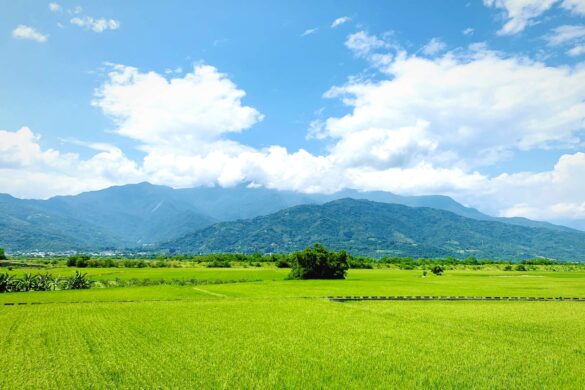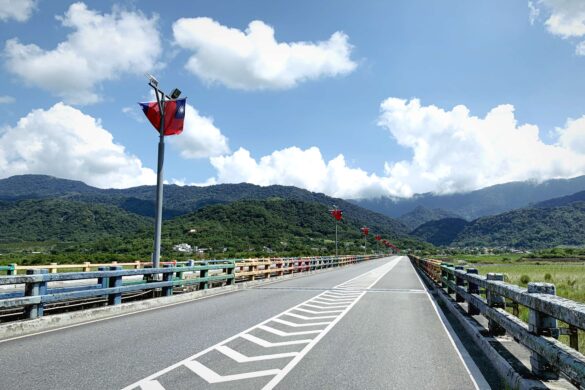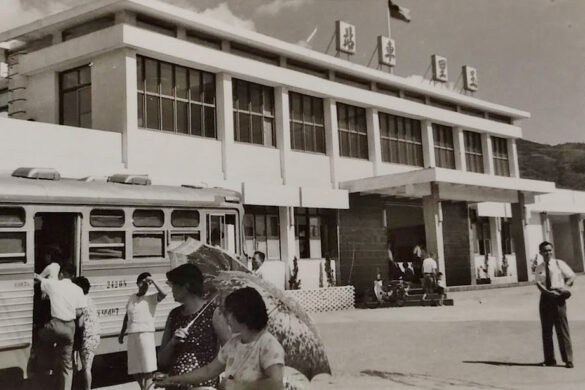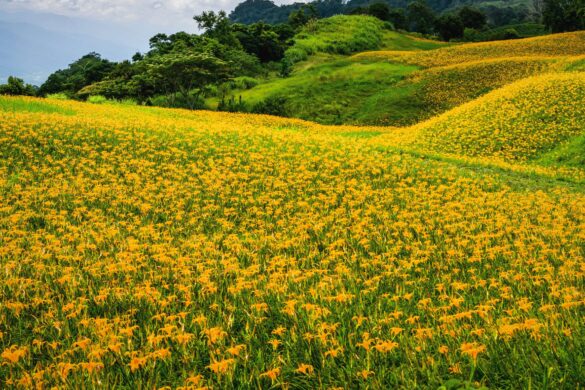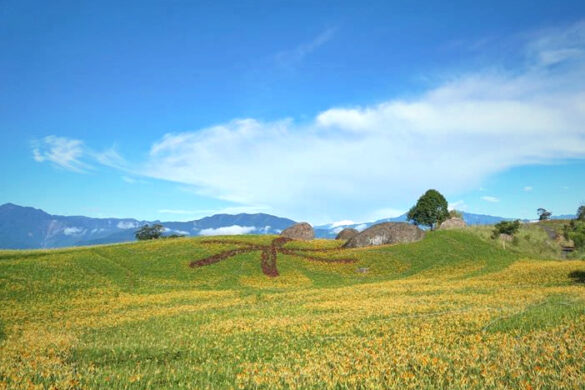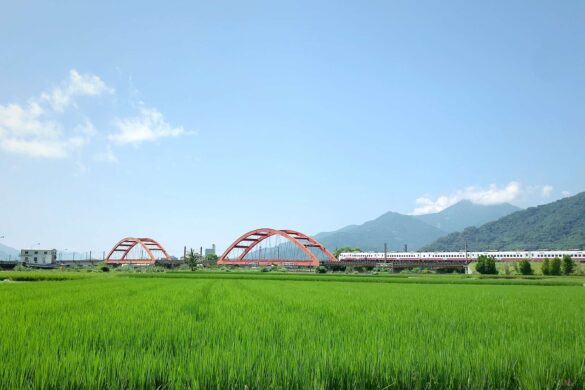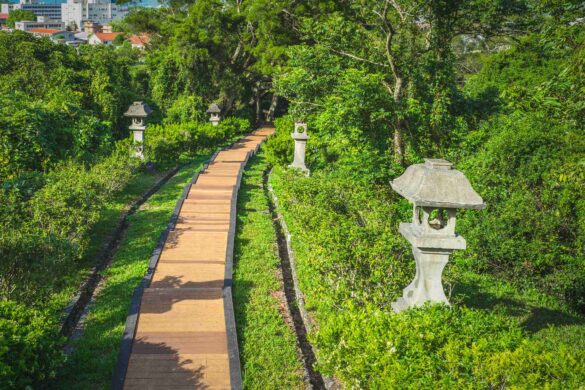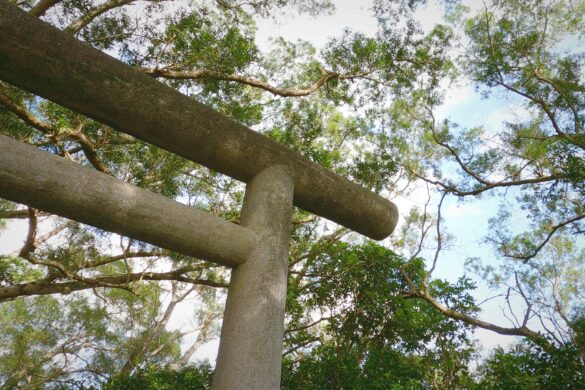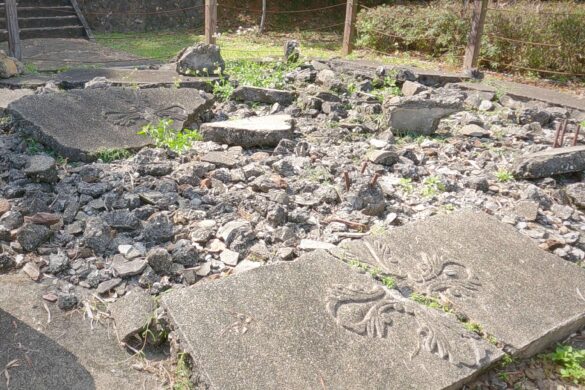最後更新/Last Updated:2025-03-19
Located in Yuli, within the East Rift Valley, the area is surrounded by the Central Mountain Range and the Coastal Range, with the Xiuguluan River flowing through it. Its beautiful landscapes attract countless tourists.
Contents
◦ Hualien Travel Guide
01|Transportation in Hualien
🛵 Hualien Scooter Rental - Hualien Railway Station Pick Up
🚗 Hualien Car Rental with Driver - Container House Starbucks & Guangfu Sugar Factory & Qixing Lake
02|Popular Attractions in Hualien
🎫 Farglory Ocean Park Ticket
🎫 Hualien Farglory Ocean Park: Paradise food electronic meal coupons
🎫 Farm Dream Estates Ticket in Hualien
🎫 Chinan National Forest Recreation Area
03|Things To Do in Hualien
🐳 Whale Watching Experience in Hualien by Turumoan
🚣 Cingshuei Cliffs Canoeing and SUP Paddleboarding Experience
🚣 Xiuguluan River Rafting Experience in Hualien
🌲 Wild Monkey Adventure Jungle Zipline Experience in Hualien
◦ The Past of Yuli
Yuli was historically the activity area of the Amis, Bunun, Siraya, and Kavalan tribes and was formerly known as "Pushege." There are many versions of how this name came to be. My favorite explanation is that during the Guangxu period, the commander-in-chief of Taiwan led soldiers to Yuli and saw many pure white stones in the Xiuguluan River. These stones resembled uncut jade, so they named the fortress built there "Pushege," meaning "unpolished jade pavilion." In 1917, when the Hualien-Taitung Railway line was extended to this area, the name was changed to Yuli, derived from the idea of "jade" in "Pushege."
01|The Second and Third Generations of Yuli Station
In May 1917, the terminal station of the first phase of the Hualien-Taitung light railway, Pushege Station, was completed with a wooden station building (the first generation). In November of the same year, it was renamed Yuli Station. On May 12, 1968, the reconstructed reinforced concrete station building (the second generation) was inaugurated. In 2015, as part of the new Hualien-Taitung station reconstruction plan, the old station building underwent renovation, and the new station building (the third generation) was completed and opened in 2016.
➤ Photo credits and textual references:午夜懷舊雜譚
◦ The Orange Day Lily Season
From mid-August to September each year, Chike Mountain is completely covered with daylilies. The golden sea of flowers swaying in the wind attracts countless tourists. The flower sea, illuminated by the morning sun's rays breaking through the clouds and the evening sunset, is a favorite for photographers, offering countless breathtaking moments. In addition to enjoying the grand scenery and special attractions created for the flower season, visitors can participate in farm-hosted activities and taste fresh local delicacies.
◦ Attractions in Yuli
01|Chike Mountain
Renowned alongside Fuli's Sixty Stone Mountain, Chike Mountain is famous for its "Three Wonders of Chike" and its sea of daylilies. During the Japanese colonial period, the mountain was primarily planted with Quercus morii, which the Japanese used to make gunstocks. Later, Han people migrated from the west and began cultivating the land. After trying several crops, they switched to daylilies, transforming Chike Mountain into an unexpected tourist attraction.
Guanyin, Yuli Township, Hualien
02|The Three Giant Rocks of Chike Mountain
Also famous for its sea of daylilies, Chike Mountain's terrain is quite different from that of Sixty Stone Mountain. The varying topography of Chike Mountain highlights the rocks scattered among the rolling hills. The three giant rocks on the mountain slopes have become one of the renowned "Three Wonders of Chike."
As I was about to leave, the owner of a nearby restaurant called me in to taste a cup of rich, aromatic black coffee. The warm hospitality of the Yuli people left a lasting impression on me!
Coordinates: 23.374444, 121.388333
03|Kecheng Iron Bridge
When it comes to photographing trains in Hualien, the Kecheng Iron Bridge is one of the best spots. The wide-open view allows you to capture the moment when a train crosses the red iron bridge, against the backdrop of the lush green fields of the East Rift Valley or the seasonal sea of flowers. This spot has become a popular destination for railway enthusiasts and photographers.
No. 294, Sec. 1, Ren'ai Rd., Yuli Township, Hualien
04|Yuli Shrine Ruins
Not far from the station, the Yuli Shrine ruins, completed in 1928, are the best-preserved shrine ruins in Hualien. Only two torii gates, some stone lanterns, and steps remain. Finding the site can be challenging, as the once-prominent shrine is now hidden in a narrow alley among residential houses on Xibian Street. The shrine, long abandoned, was listed as a Hualien County historic site in 2008, reviving its historical significance.
Today, the torii gates nestled in the mountains and the dilapidated relics add a sense of tranquility and mystery to the Yuli Shrine.
No. 21, Xibian St., Yuli Township, Hualien
◦ Flying Over Taiwan
*All aerial photography operations are conducted within legal airspace. During flight, regulations stipulated by the Civil Aviation Law are strictly followed, maintaining the required distance from buildings and crowds. Zooming and post-production techniques are used to ensure compliance, making the flights fully legal.
*Anyone citing these images and text must provide proper attribution. Unauthorized or illegal use of the images and text is prohibited and may result in legal liability.

